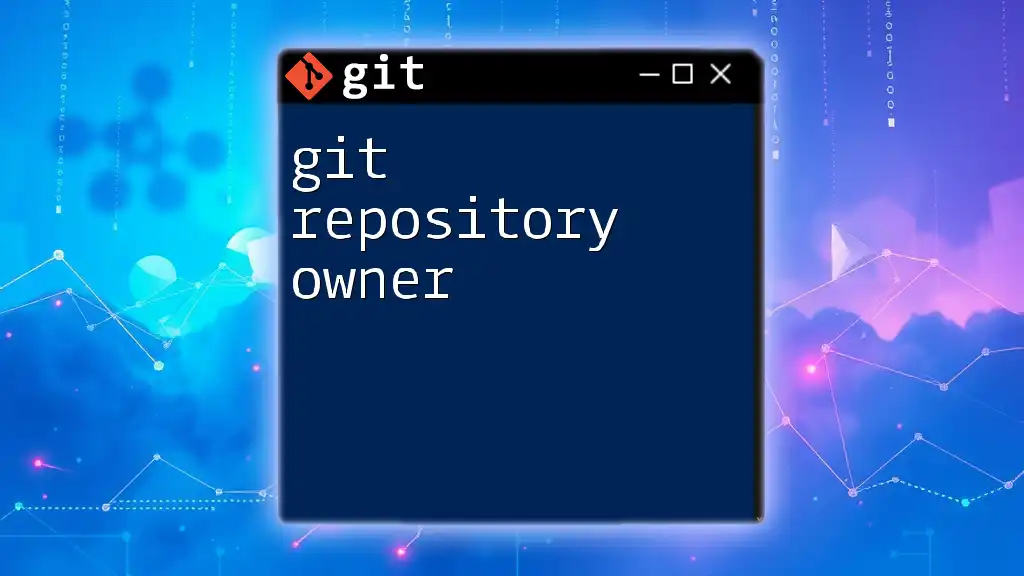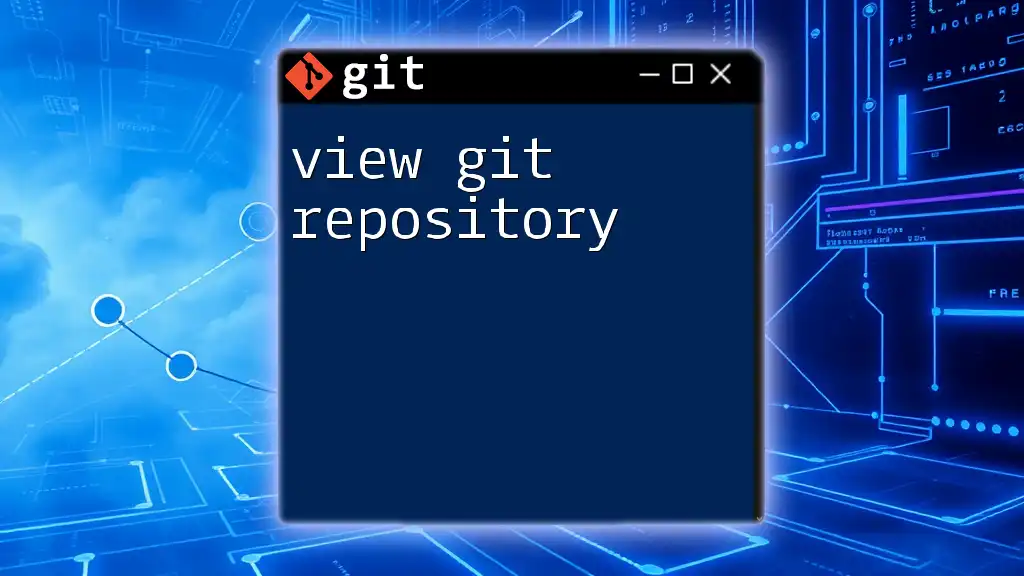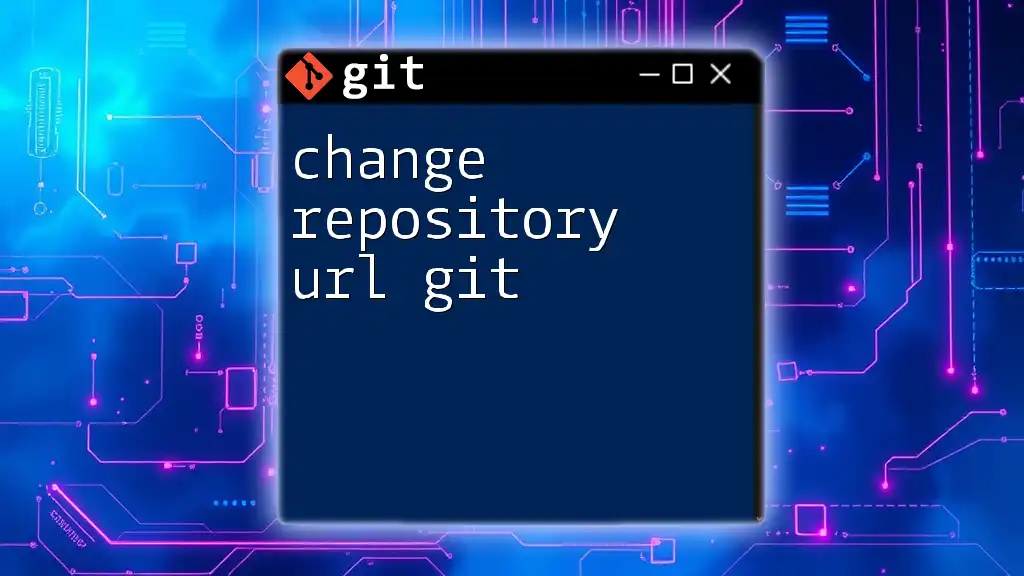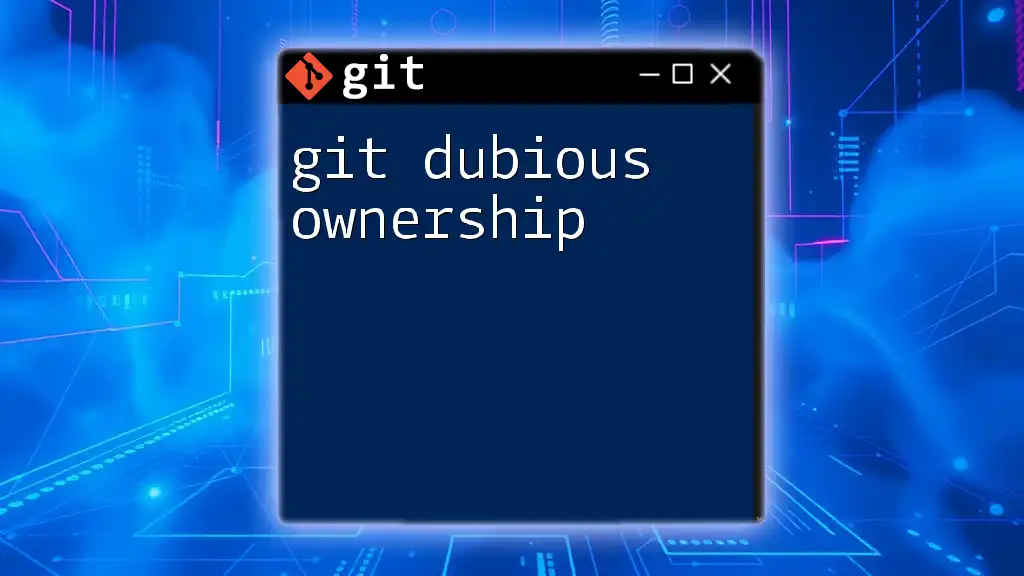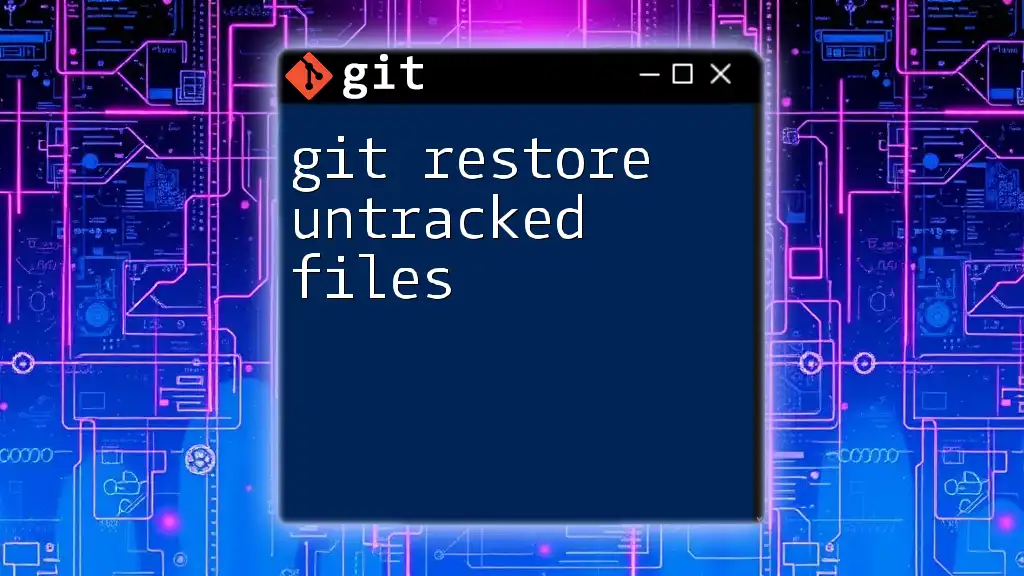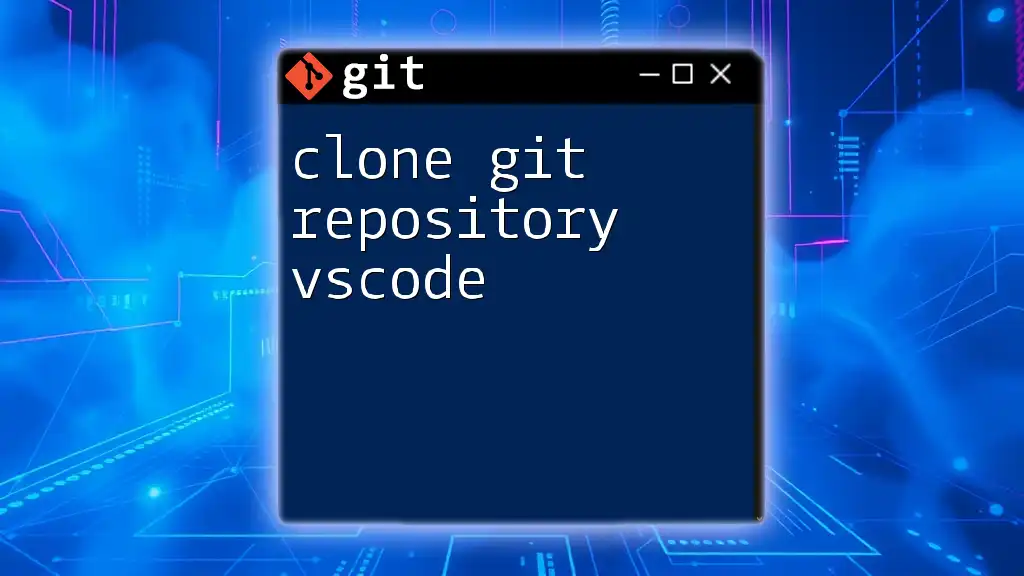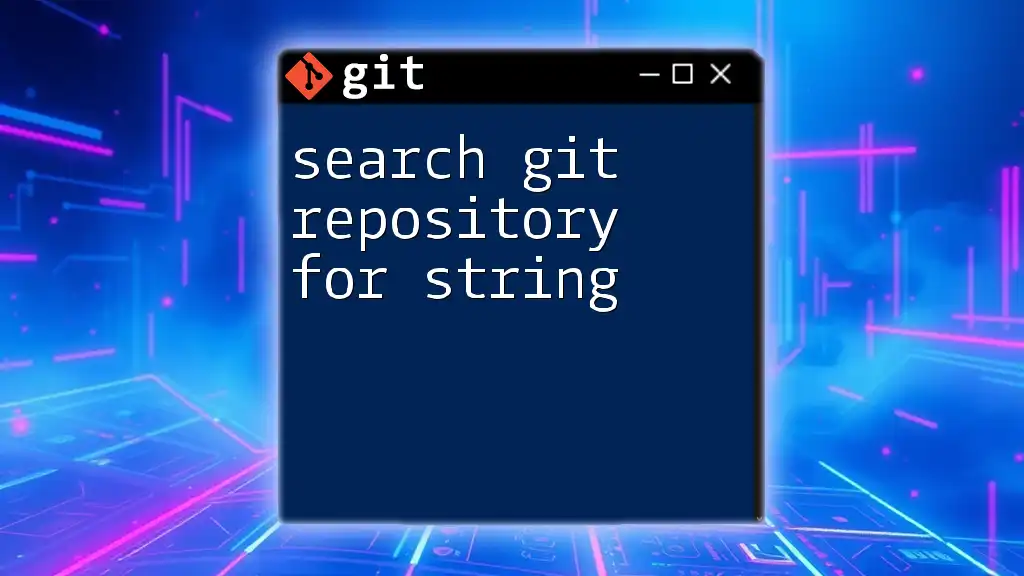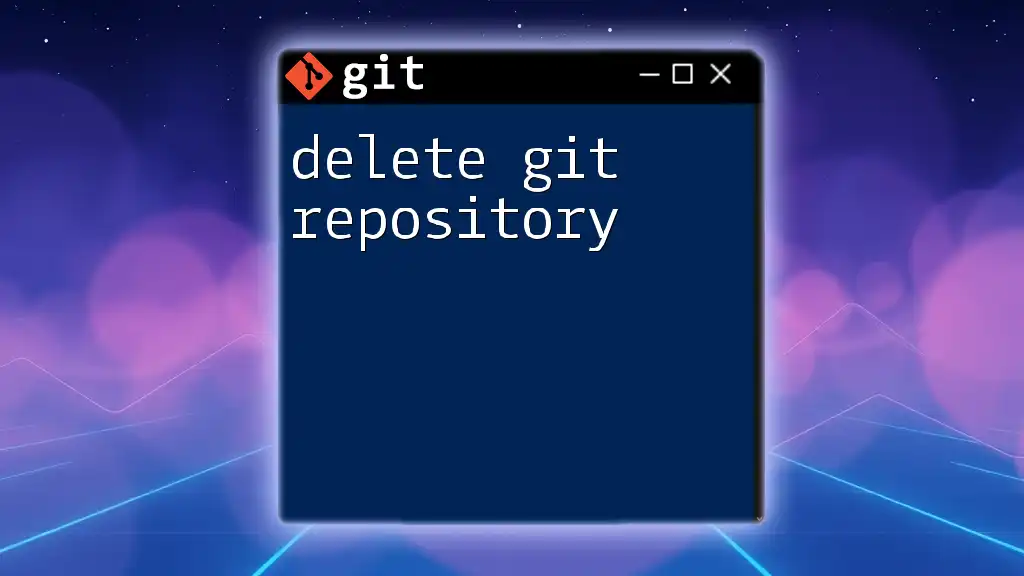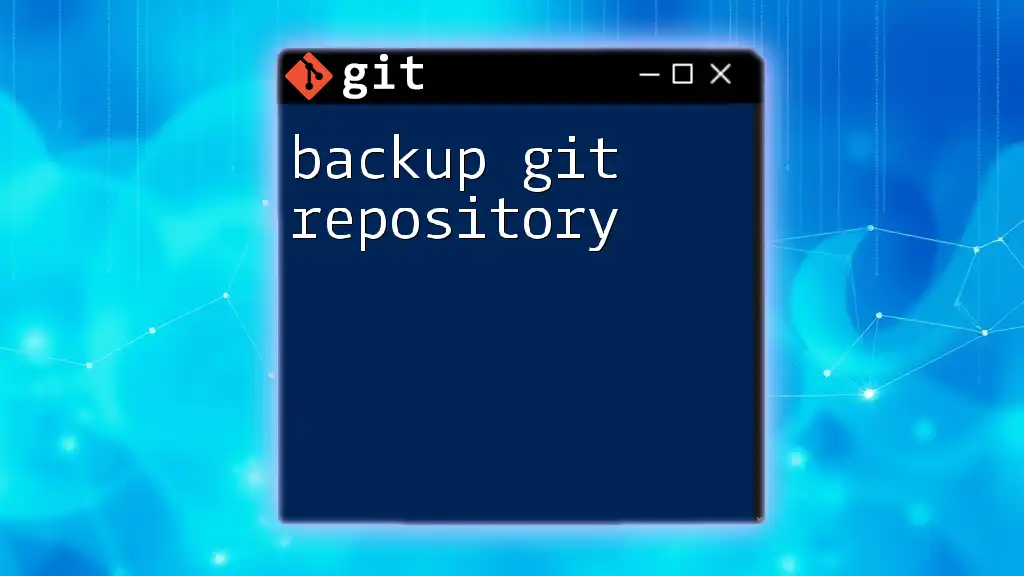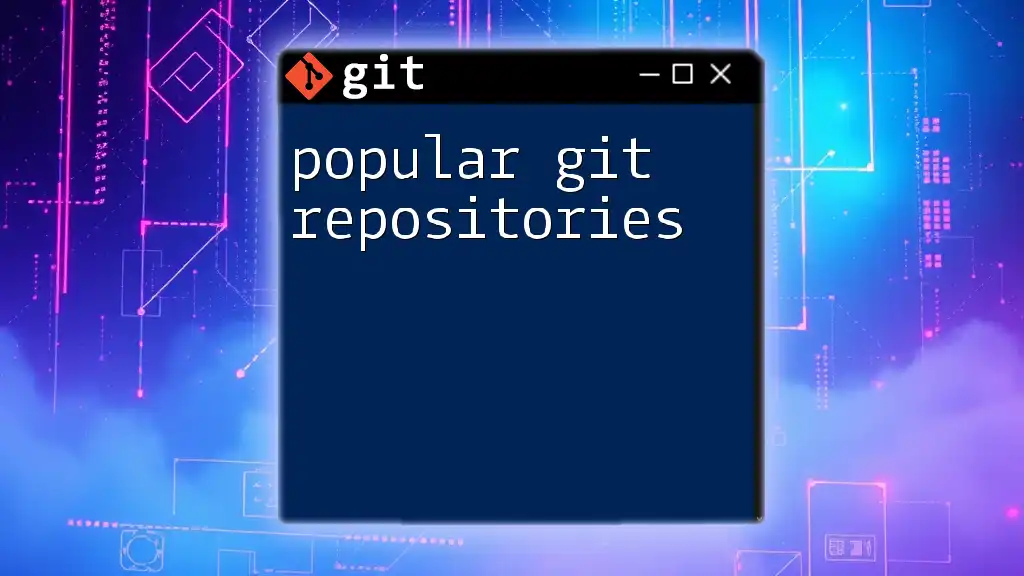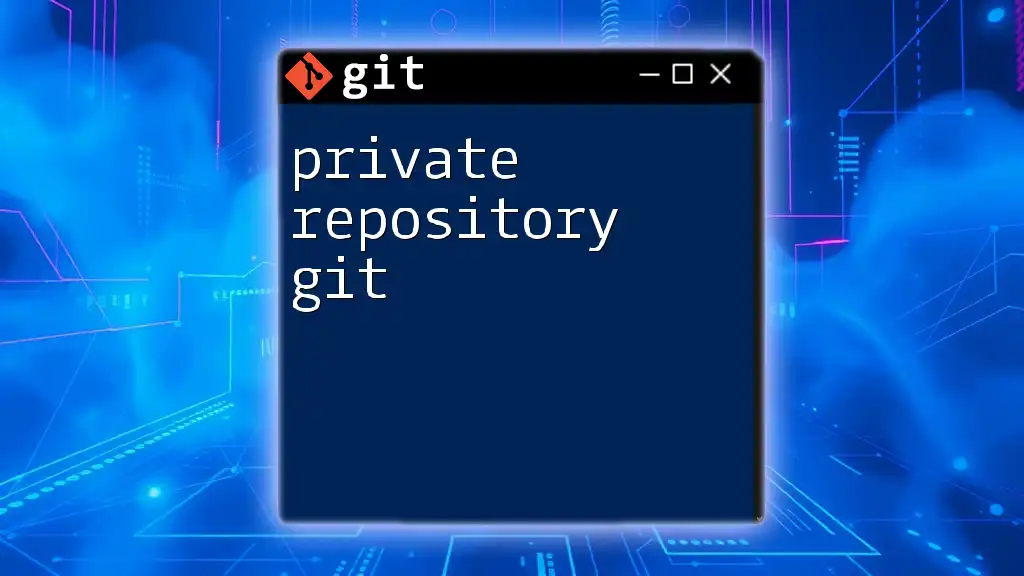A git repository owner is the individual or entity responsible for managing and maintaining a Git repository, including permissions, commit history, and branch management.
Here’s a command to check the remote repository URL, which can help identify the owner:
git remote -v
What is a Git Repository Owner?
A Git repository is a storage space where your project files are housed, along with the history of all modifications made to those files over time. The repository owner is the individual or organization that creates or holds the repository and has the authority to manage its direction and access permissions. This role is crucial in project management as the owner is responsible for guiding contributions and ensuring that the repository remains organized and effective.
Ownership vs. Contributor Roles
Understanding the distinction between a repository owner and contributors is vital. A repository owner has ultimate control over the repository, while contributors typically participate by adding code, making suggestions, or submitting bug fixes. The owner may manage permissions, invite new contributors, and handle repository settings, whereas contributors primarily focus on collaborating within the framework established by the owner.
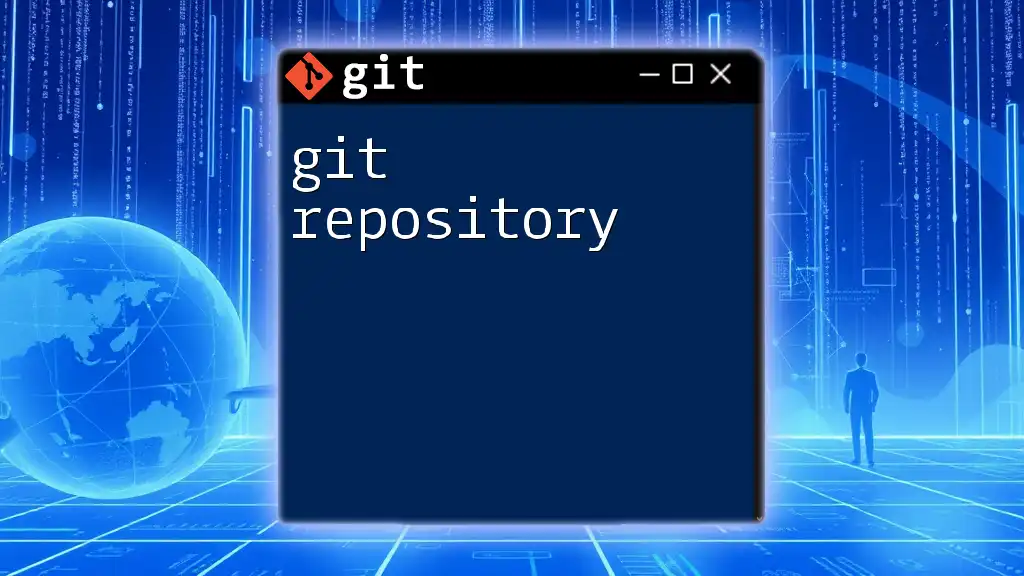
How to Become a Repository Owner
Creating a New Repository
To start your journey as a Git repository owner, the first step is to create a new repository. This process differs slightly across platforms like GitHub, GitLab, and Bitbucket, but the core principles remain the same. Here’s how you can create a new Git repository locally:
git init <repository-name>
In this command:
- `git init` initializes a new Git repository.
- Replace `<repository-name>` with your desired name for the repository.
Once the repository is created, the next step is to set it up in a remote service, like GitHub. Follow these steps:
- Log in to your GitHub account.
- Click on the "+" icon and select "New repository."
- Name your repository and set its visibility as either public or private.
- Initialize your new repository with a README file if desired.
Setting Up Ownership
When setting up a new repository, you're automatically assigned as the owner. However, managing ownership and permissions is a critical aspect of your role. Many platforms provide the option to configure these settings clearly.
For instance, in GitHub, you can manage access under the "Settings" tab. Here, you can invite collaborators and assign various levels of access, such as:
- Owner: Full administrative capabilities.
- Admin: Can manage settings and invite new contributors but may not have transfer rights.
- Collaborator: Can contribute to the repository, submit pull requests, and discuss issues.
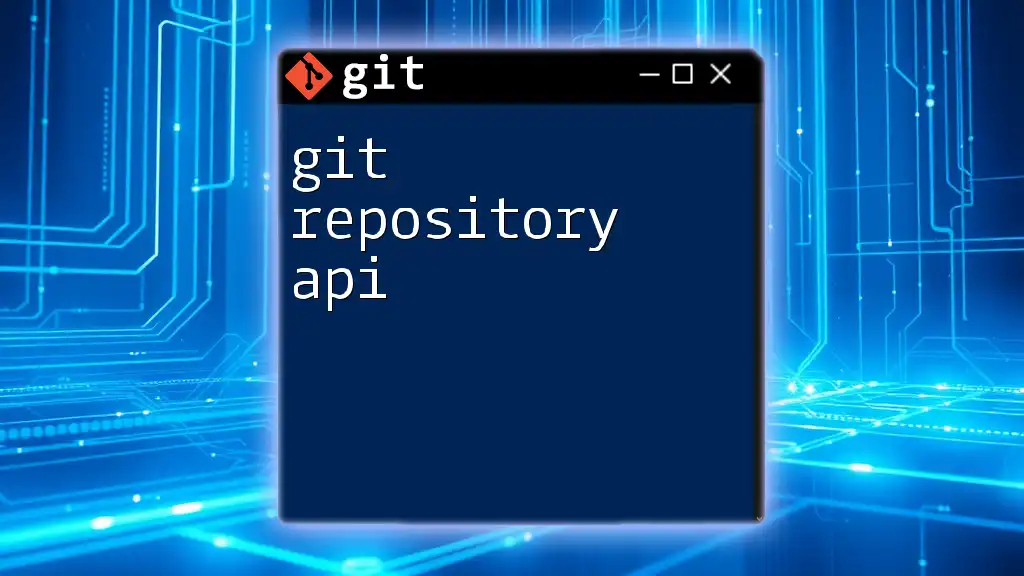
Managing Repository Ownership
Transferring Ownership
As a repository owner, you may encounter scenarios where you need to transfer ownership to another user or team. This is a straightforward process in GitHub. Here are the essential steps:
- Navigate to your repository on GitHub.
- Click on "Settings."
- Scroll down to "Danger Zone," and select "Transfer."
- Follow the prompts to input the new owner's username.
Here’s a GitHub CLI example for transferring ownership:
gh repo transfer <new-owner> --repo <your-repo-name>
It’s important to communicate any such changes with your team to ensure a smooth transition and clarifying roles.
Managing Teams and Collaborators
To maintain an organized repo, managing teams and collaborators effectively is essential. In platforms like GitHub, you can invite collaborators directly from the repository settings.
When inviting collaborators:
- Go to "Settings" and click on "Collaborators & teams."
- Enter the username or email of the person you want to invite.
- Set their permissions level (Write, Read, Admin).
Additionally, for larger projects, consider creating teams. This allows you to assign default permissions to multiple collaborators simultaneously.
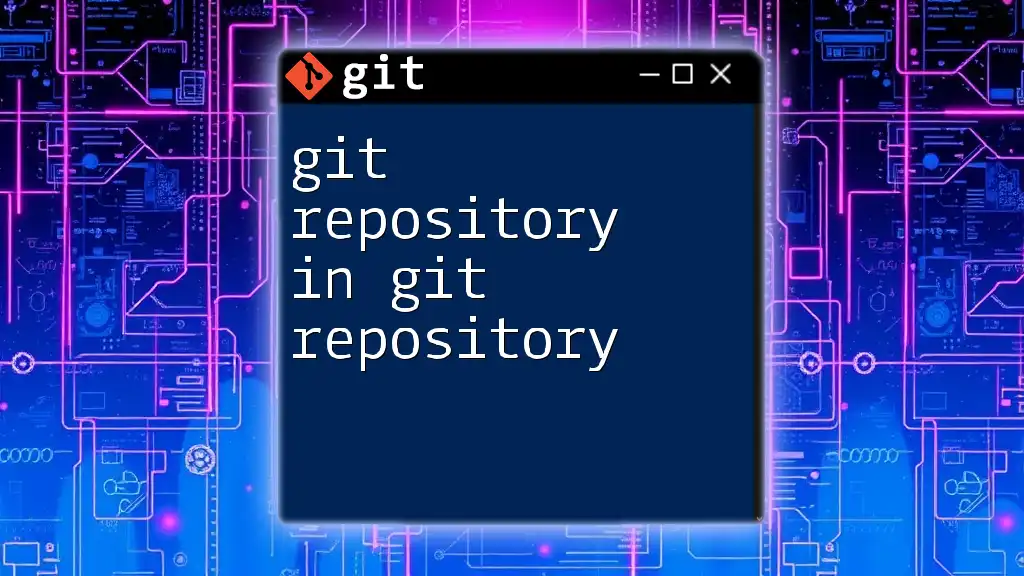
Best Practices for Repository Owners
Setting Clear Guidelines
Establishing a structured pathway for collaboration is key. By creating a CONTRIBUTING.md file, you provide clear guidelines on how people can contribute to your repository.
A well-organized `CONTRIBUTING.md` document can include:
- Purpose of the repository.
- Instructions for submitting issues or feedback.
- Guidelines for coding standards and best practices.
- Steps for submitting a pull request.
Regular Maintenance
Regular maintenance is a critical responsibility for a repository owner. This involves:
- Overseeing updates to dependencies and libraries.
- Conducting regular reviews of pull requests.
- Keeping the repository well-documented and eliminating outdated information.
Using labels and milestones can greatly enhance project management. Labels help classify issues and pull requests (like "bug," "enhancement," or "documentation"), while milestones help track progress towards specific goals or releases.
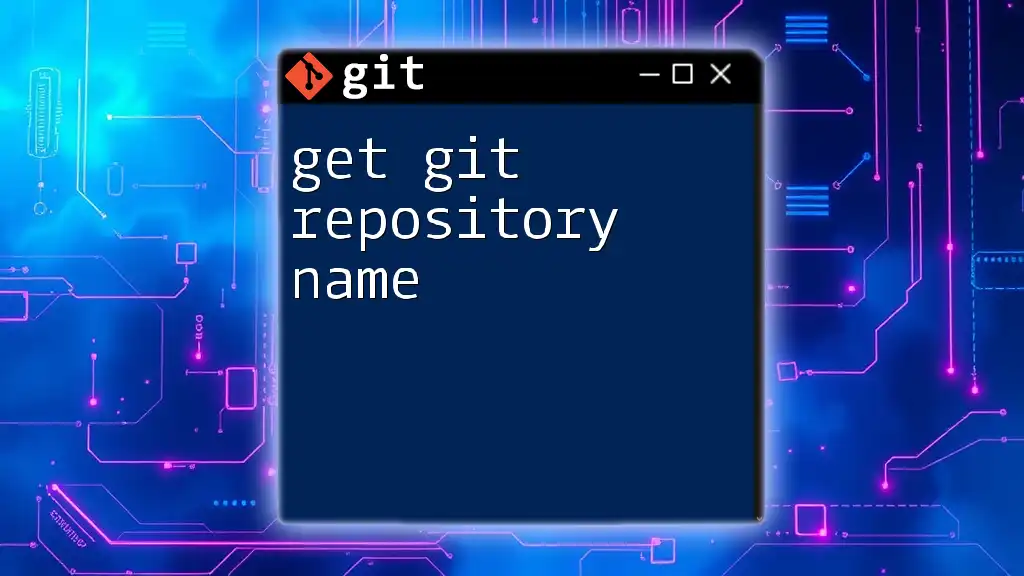
Common Challenges for Repository Owners
Handling Conflicts
Conflicts are an unavoidable part of collaborative work, especially in code contributions. As a repository owner, being adept at resolving merge conflicts is crucial. When a conflict occurs, often when two branches are combined, you'll need to manually address the discrepancies in the code.
To resolve merge conflicts effectively:
- Identify the conflicting files using:
git status - Open the conflicting files, look for conflict markers, and decide how to merge the changes.
- Mark the conflict as resolved by staging the file and completing the merge process:
git add <conflicted-file> git commit -m "Resolved merge conflict"
Managing Forks and Pull Requests
Another key aspect of being a repository owner is managing forks and pull requests responsibly. When contributions are made through pull requests, owners must review the proposed changes, ensuring they align with the project’s goals and quality standards.
Best practices for reviewing pull requests include:
- Providing constructive feedback for improvements.
- Merging only after thorough testing and validation of changes.
- Keeping communication open with contributors throughout the process.
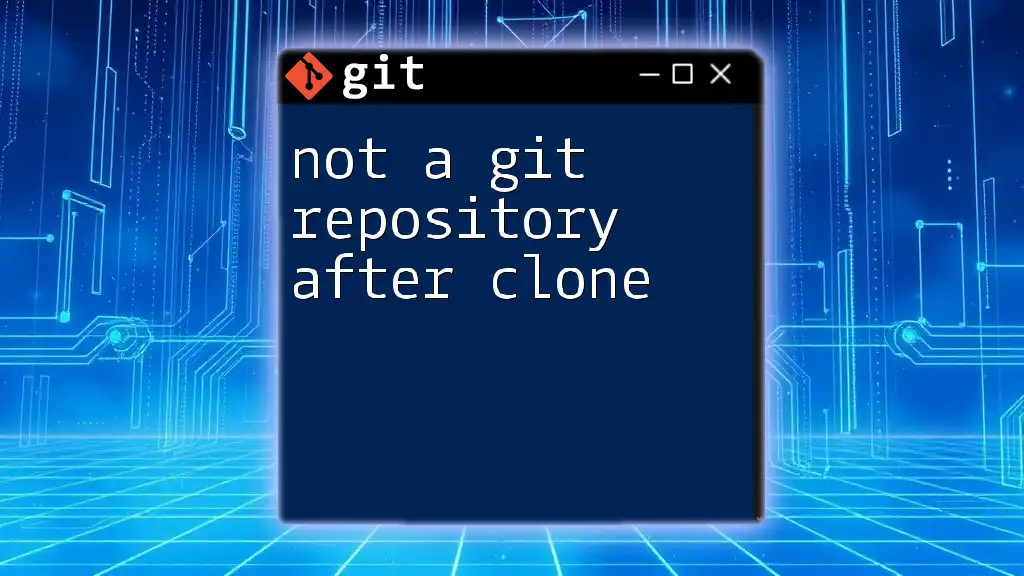
Tools and Resources for Repository Owners
Utilizing the right tools can significantly ease the workload of a repository owner. Platforms like GitHub Actions allow for the automation of workflows, enabling continuous integration and continuous deployment (CI/CD) processes that streamline project management.
Additionally, external resources such as forums, Git communities, and specialized courses can provide valuable insights and updates on best practices.
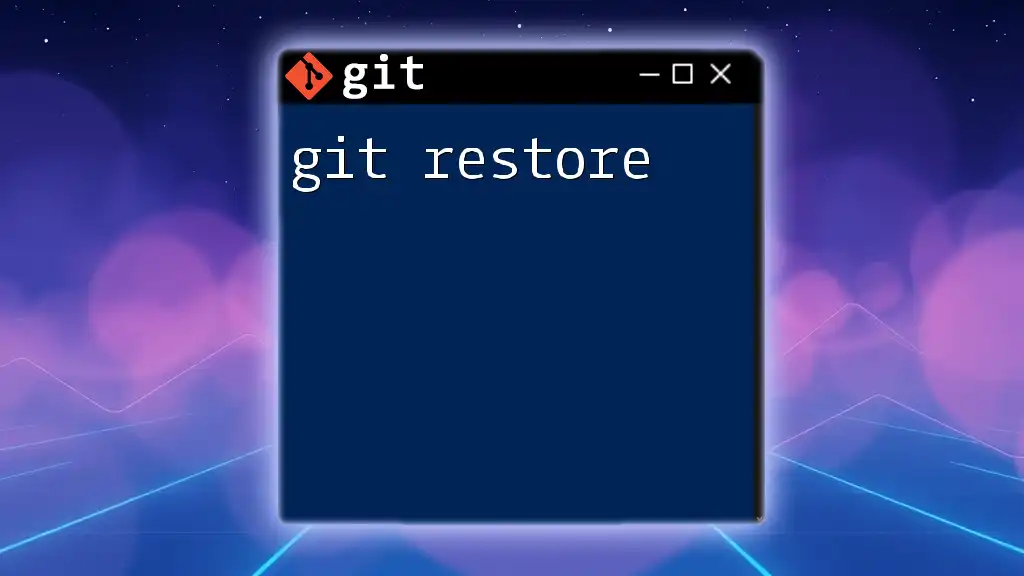
Conclusion
Understanding the role of a git repository owner is essential for effective project management in a collaborative coding environment. From creating repositories to handling transfers and managing teams, the owner plays a pivotal role in guiding a project's success. By embracing best practices and utilizing available tools, any repository owner can foster a thriving community of contributors and ensure a robust development process. Be proactive, share knowledge, and lead your repositories to success!
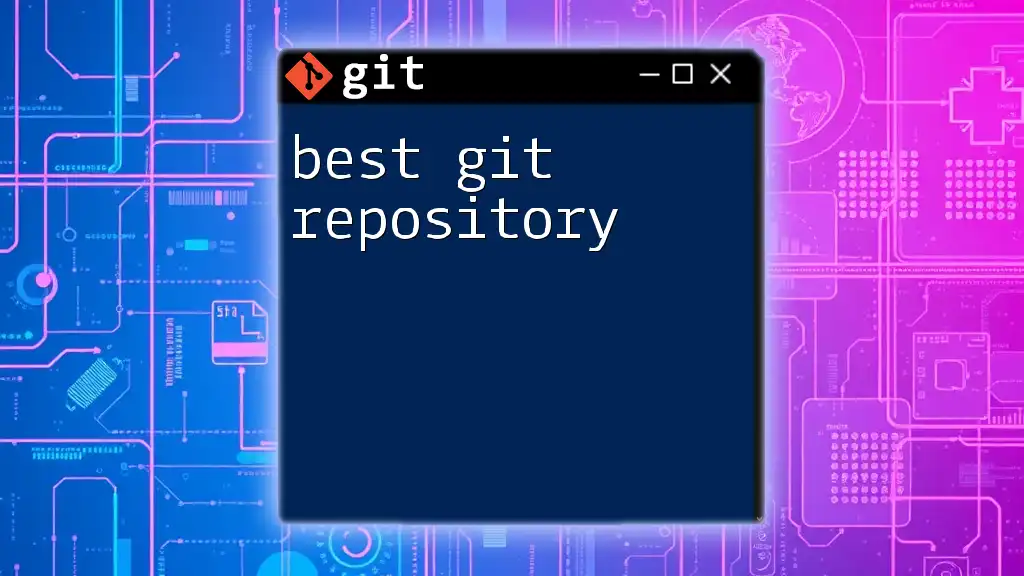
Additional Resources
- A glossary of Git terms for quick reference.
- Recommended readings and tutorials to deepen your understanding of Git.
- Information about upcoming workshops or training sessions offered by our company aimed at enhancing Git skills for all levels.

